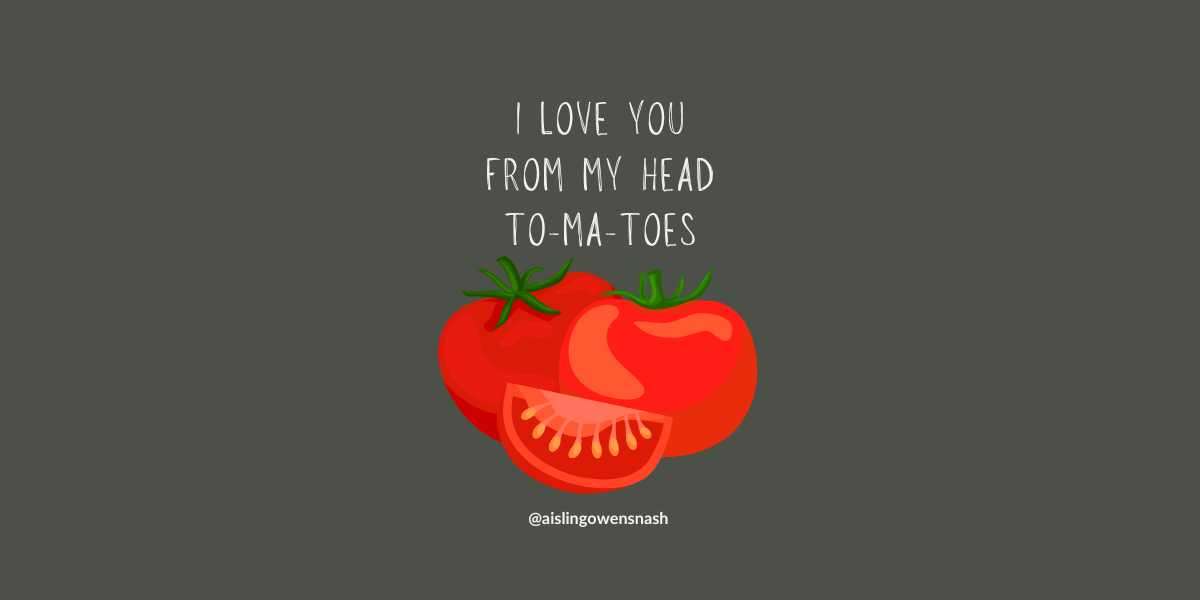Tomatoes: From Poison to Pantry Staple
Imagine a world where one of today’s most beloved vegetables (or is it a fruit?) was once feared as a deadly poison. It may sound like a tale from a distant, fantastical land, but this is the true story of the tomato. With its vibrant hues and versatile flavour, the tomato has conquered the hearts and kitchens of millions around the globe. Yet, its journey from an obscure, mistrusted plant to a pantry staple is as rich and complex as its taste. Join us as we delve into the enigmatic history of tomatoes and discover how this culinary outcast became a symbol of healthy, joyful eating.
The Tomato’s Mysterious Origins
Long before the tomato became a cornerstone of Italian cuisine and a summer garden staple, it flourished in the wild landscapes of South America. The tomato’s tale begins with its early cultivation by the indigenous peoples of the Andean region, where it grew as a small, wild berry. Little could they have known that this modest plant would one day traverse oceans and cultures, stirring controversy and passion.
The Spanish conquest of the Americas marked a turning point for the tomato. It was among the many treasures brought back to Europe, a curious novelty destined to ignite fear and fascination in equal measure. However, the tomato was met with suspicion in its new homeland. Its bright, alluring fruits belied a dangerous affiliation with the nightshade family, known for its poisonous members. This association would cast a long shadow over the tomato, branding it as a potentially lethal curiosity in the minds of Europeans for centuries.
A Poisonous Reputation
In Europe, the tomato found itself ensnared in a web of superstition and fear. Its striking resemblance to known toxic plants fed into the myths surrounding it, convincing many that this foreign invader brought death rather than nourishment. The tomato’s reputation was not helped because it was often plated on pewter, which, when combined with the tomato’s acidic juice, would lead to lead poisoning.
Yet, the story of the tomato is also one of redemption and retribution. It took a daring act of culinary defiance to begin changing public perception. The tale goes that in 1820, Colonel Robert Gibbon Johnson stood on the steps of the Salem, New Jersey, courthouse and consumed an entire basket of tomatoes in front of a horrified crowd, waiting for him to drop dead. When he remained decidedly alive and well, the myth of the toxic tomato began to crumble.
The Tomato Revolution
As the myth of the poisonous tomato faded into history, a culinary revolution quietly took root. From Spain to Italy and beyond, the tomato began to shed its notorious reputation, finding its way into kitchens and gardens across Europe. By the 18th century, tomatoes were no longer objects of fear but symbols of culinary innovation. The creation of the pizza Margherita, adorned with tomatoes, mozzarella, and basil to represent the Italian flag, marked a turning point, cementing the tomato's status in Italian cuisine and, by extension, the world.
This revolution was not confined to Europe. Across the Atlantic, Americans began to embrace the tomato, spurred by the publication of tomato-based recipes and the introduction of the canning process. The versatility of the tomato, capable of being stewed, roasted, or eaten raw, made it a staple in households around the globe. The tomato had transformed from a feared plant into an indispensable ingredient, celebrated for its flavour and vibrancy.
The Superfood of Yesterday and Today
Beyond its culinary versatility, the tomato boasts an array of health benefits that have solidified its status as a modern superfood. Rich in vitamins C and K, potassium, folate, and lycopene, tomatoes offer antioxidant properties that can reduce the risk of heart disease and cancer. The lycopene in tomatoes, especially when cooked, has been linked to improved skin health and a reduced risk of certain chronic diseases.
Today, the conversation around tomatoes extends beyond their taste to their role in a healthy, low-toxin lifestyle. The choice between organic and conventionally grown tomatoes reflects a broader dialogue on sustainable agriculture and its impact on our health and the environment. By choosing locally sourced, pesticide-free tomatoes, we not only support our health but also the health of the planet.
Note: tomatoes naturally produce a toxin called solanine. This toxin is believed to contribute to inflammation, swelling, and joint pain and many patients with arthritis are encouraged to avoid the plant. However, as yet this has not been proven and is largely based on anecdotal feedback from some patients. Check with your medical practitioner before removing or adding in any food type you feel may trigger you.
Heirlooms, Hybrids, and the Future of Tomatoes
As we look to the future, the tomato continues to evolve. The diversity of tomato varieties available today is a testament to its adaptability and the curiosity of gardeners and farmers alike. Heirloom tomatoes, with their unique flavours and quirky shapes, offer a taste of the tomato's rich genetic legacy, while modern hybrids promise greater disease resistance and yield.
The resurgence of interest in heirloom varieties and organic farming practices signals a shift towards more sustainable and health-conscious food choices. As we learn more about the impact of agriculture on our health and the environment, the tomato stands as a reminder of the importance of biodiversity, clean eating, and environmental stewardship.
Bringing It Home: Tomatoes in Our Lives Today
The journey of the tomato from a feared nightshade to a beloved kitchen staple is a remarkable story of transformation. It reminds us of the power of food not just to nourish but to connect us to our history, our health, and the planet. By incorporating fresh, vibrant tomatoes into our diets, we embrace a legacy of resilience and health.
Whether you're slicing a juicy heirloom tomato for a simple salad, simmering a rich tomato sauce, or exploring the world of tomato-based fermentations, remember the incredible journey this fruit has made to be a part of our lives. Let's continue to explore, innovate, and cherish the humble tomato, a true symbol of healthy, joyful eating.
The tomato’s tale is one of mystery, transformation, and redemption. From its early days as a feared poison to its current status as a culinary hero and health superstar, the tomato has traversed continents and cultures to become a staple in our diets. As we celebrate the tomato in all its glory, let us remember to choose varieties that are not only delicious but also grown sustainably, ensuring that we nourish our bodies and our planet.
What’s your favourite tomato variety or recipe? Share your tomato stories and tips in the comments below or on social media. Let’s spread the love for this versatile and vibrant fruit together.
Aisling x








